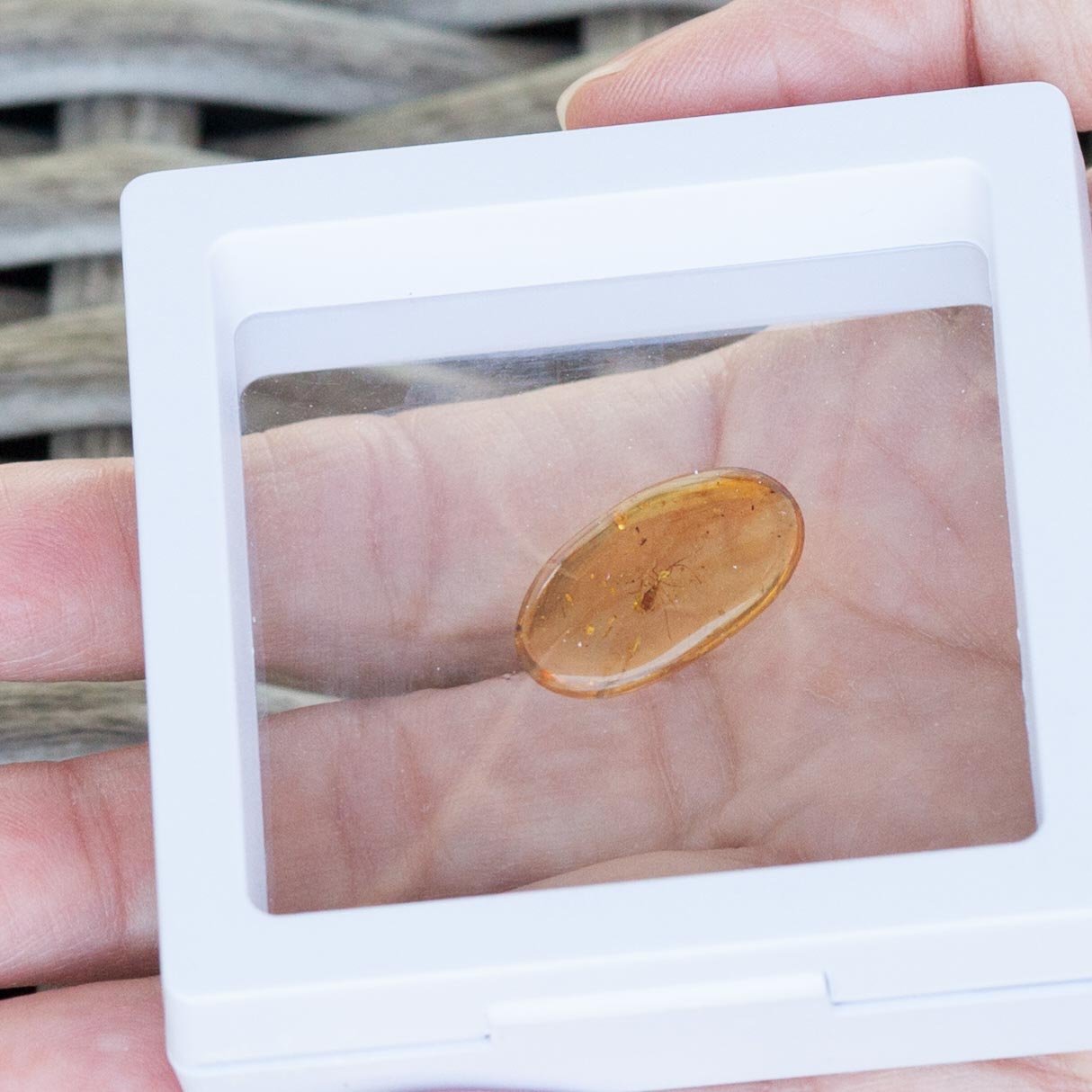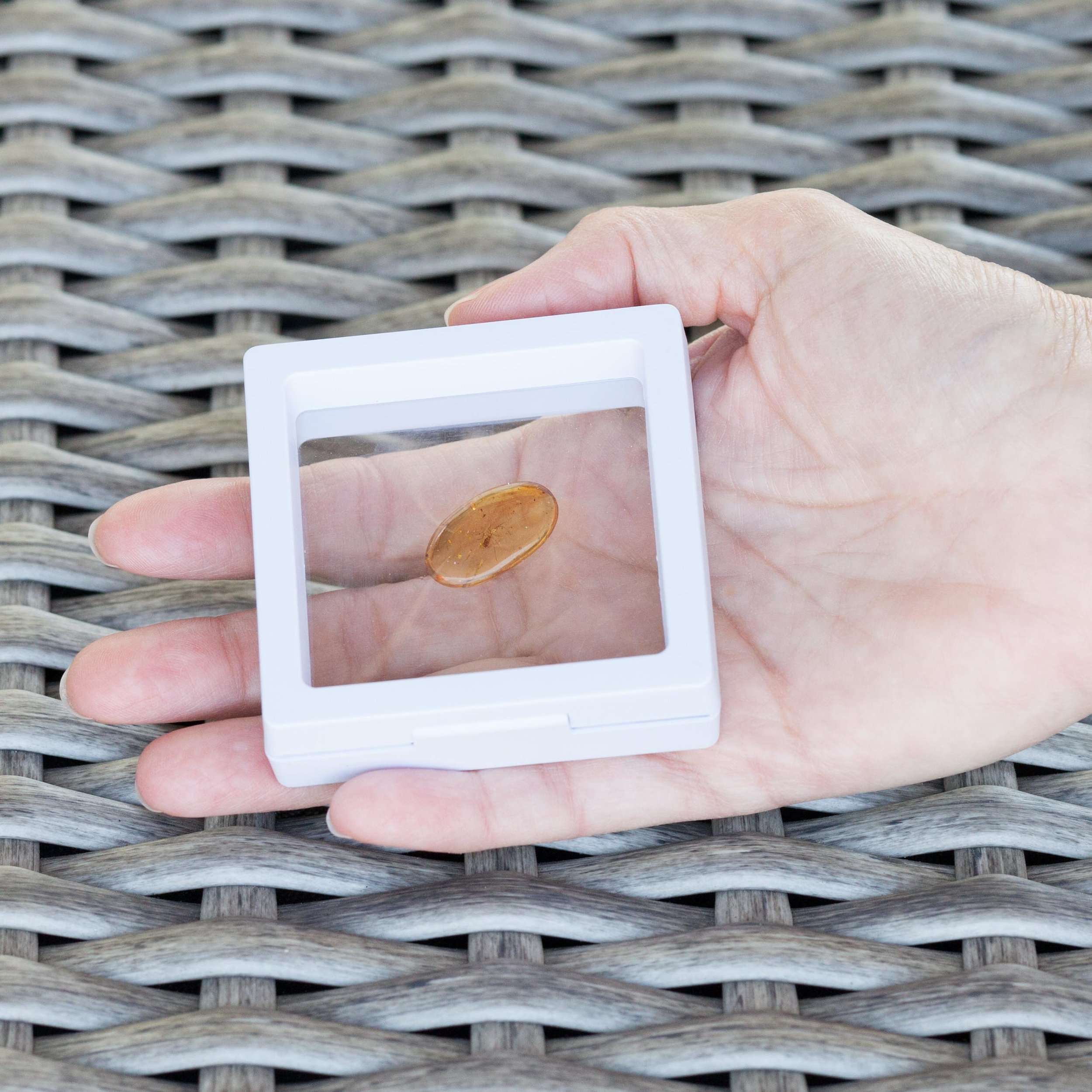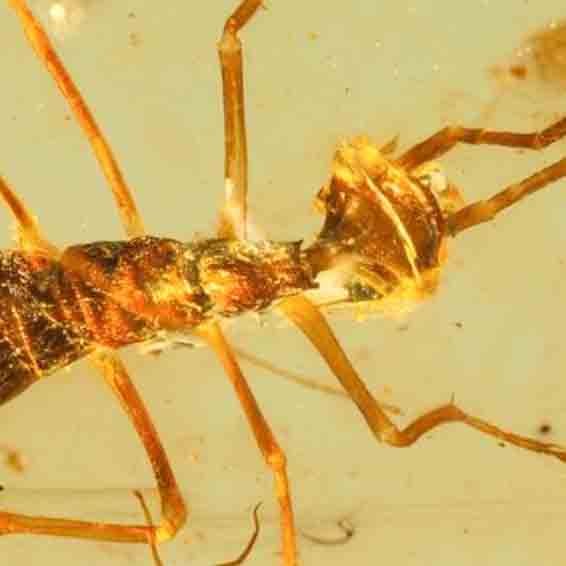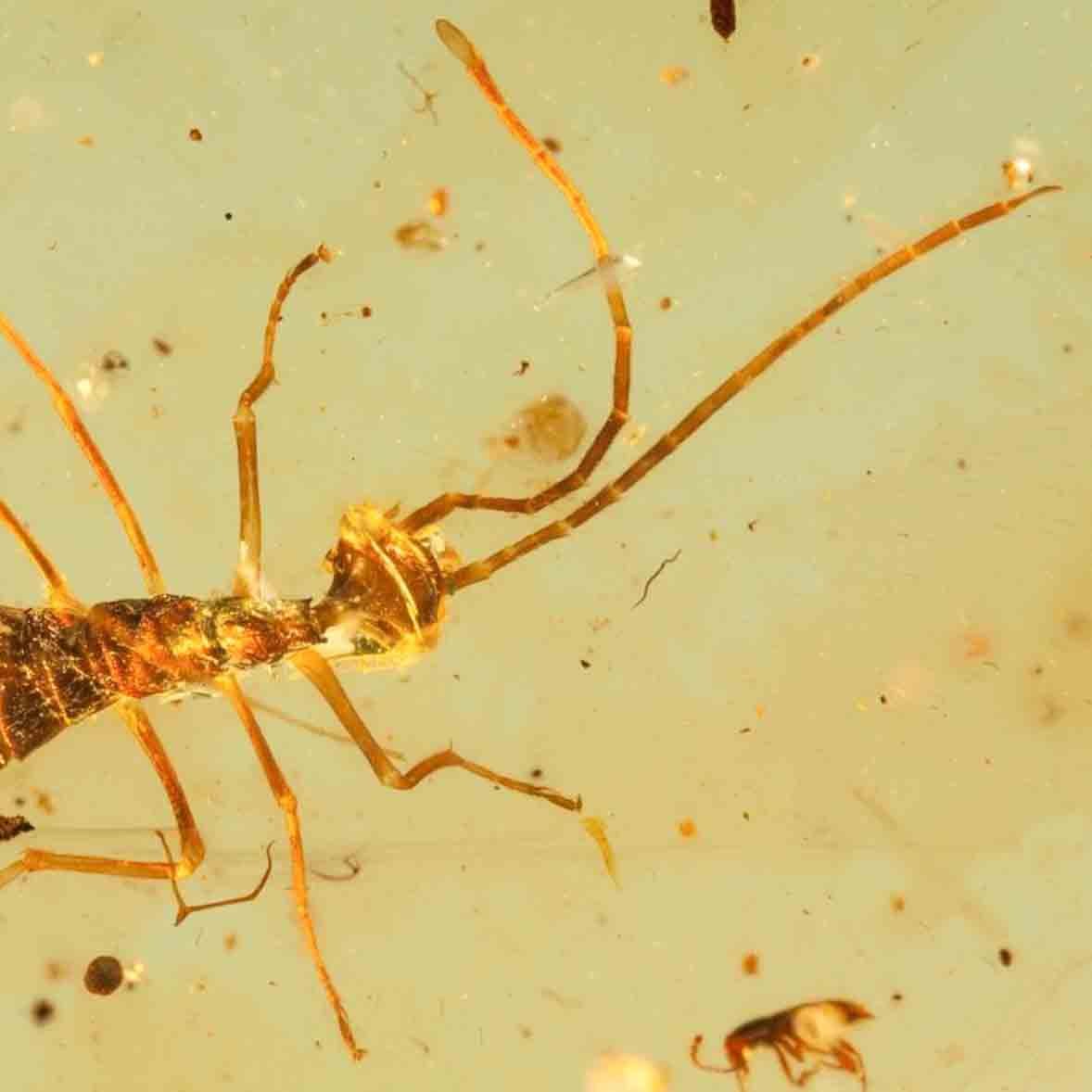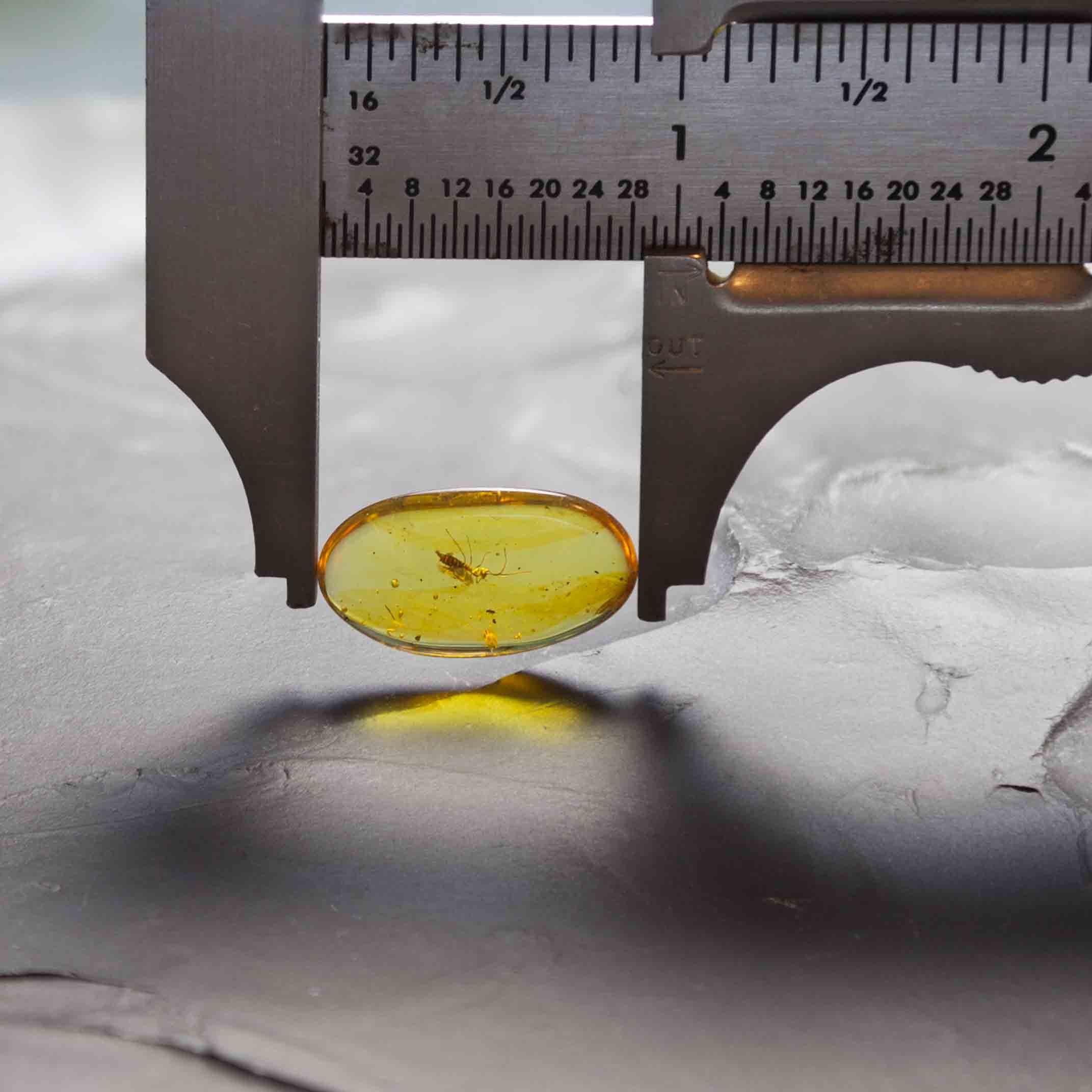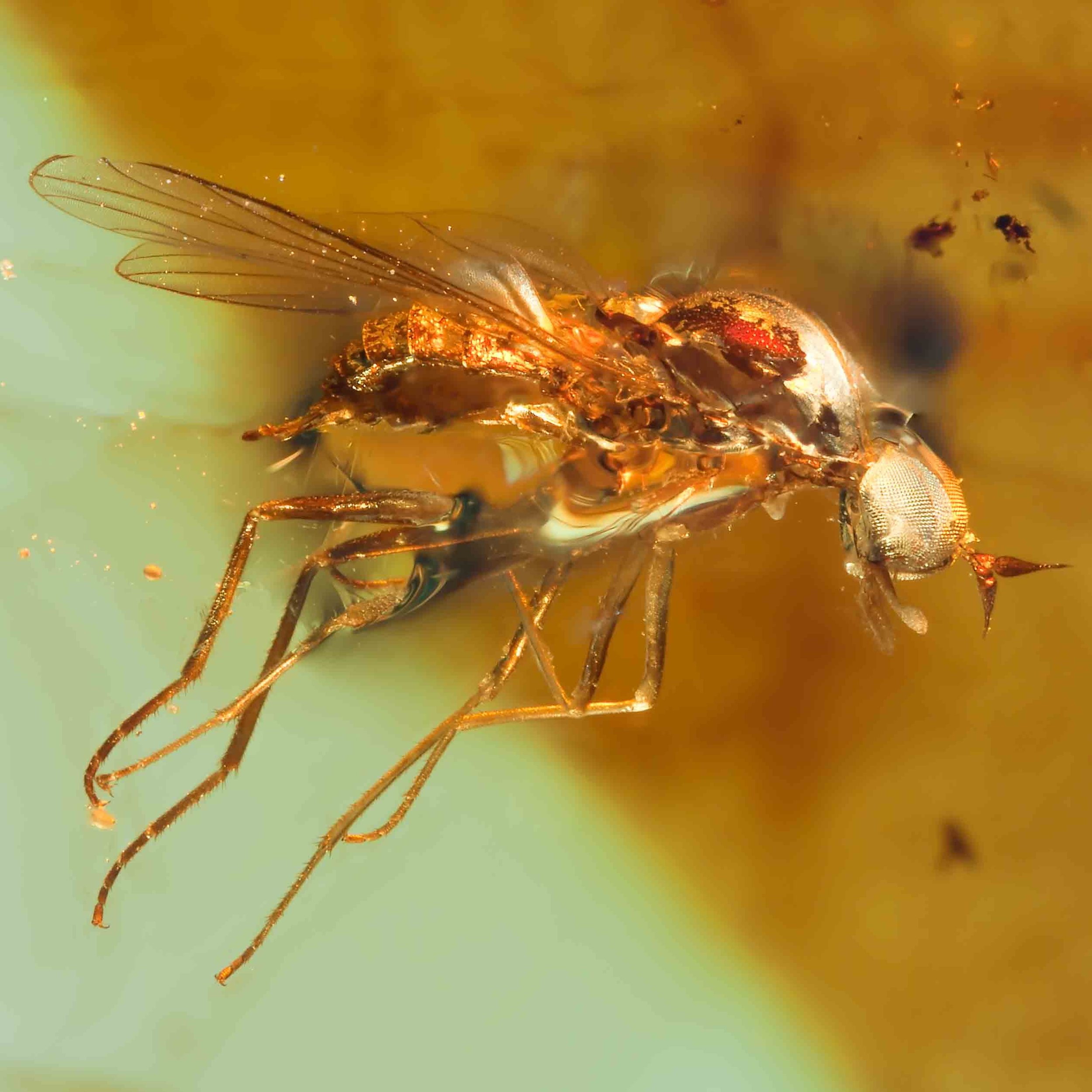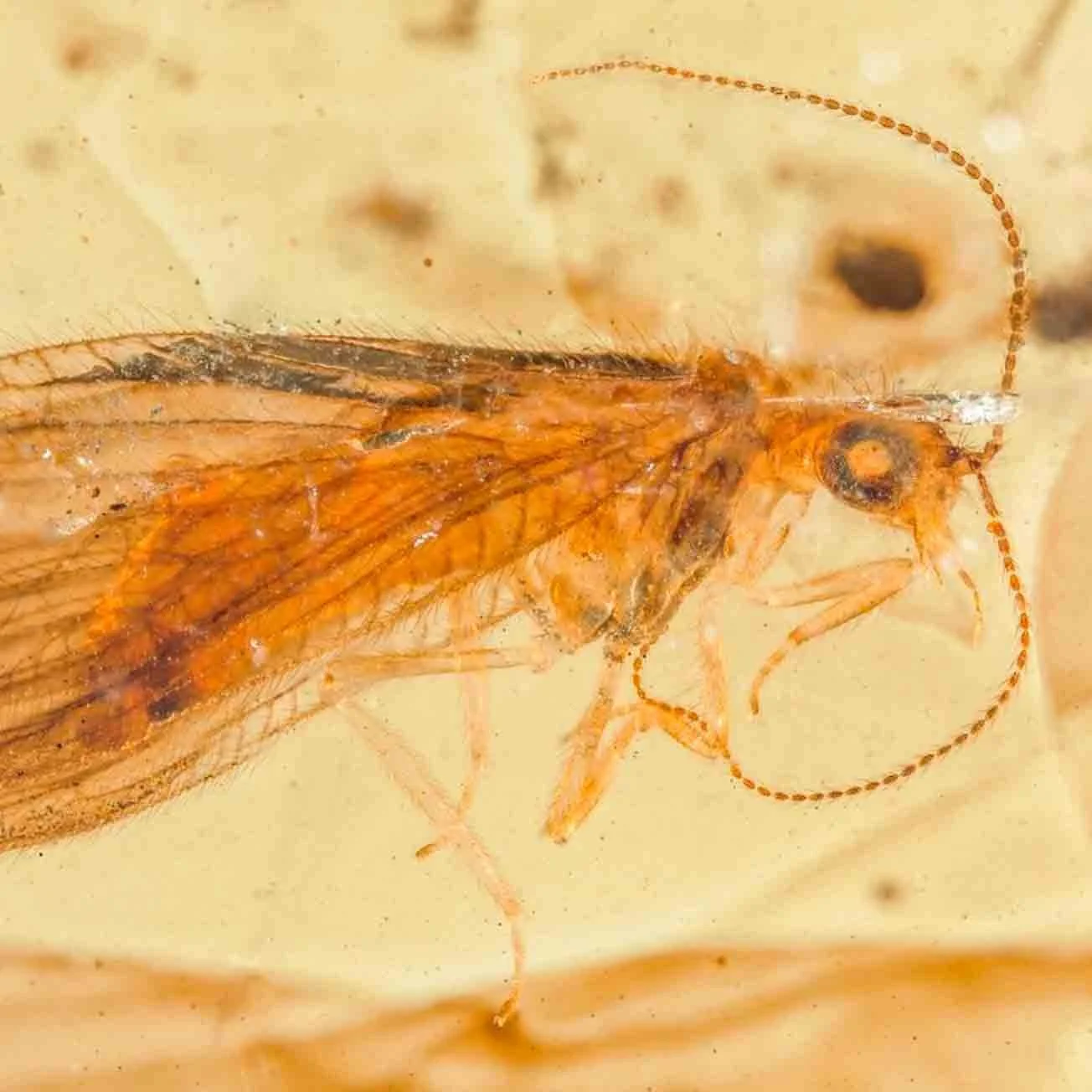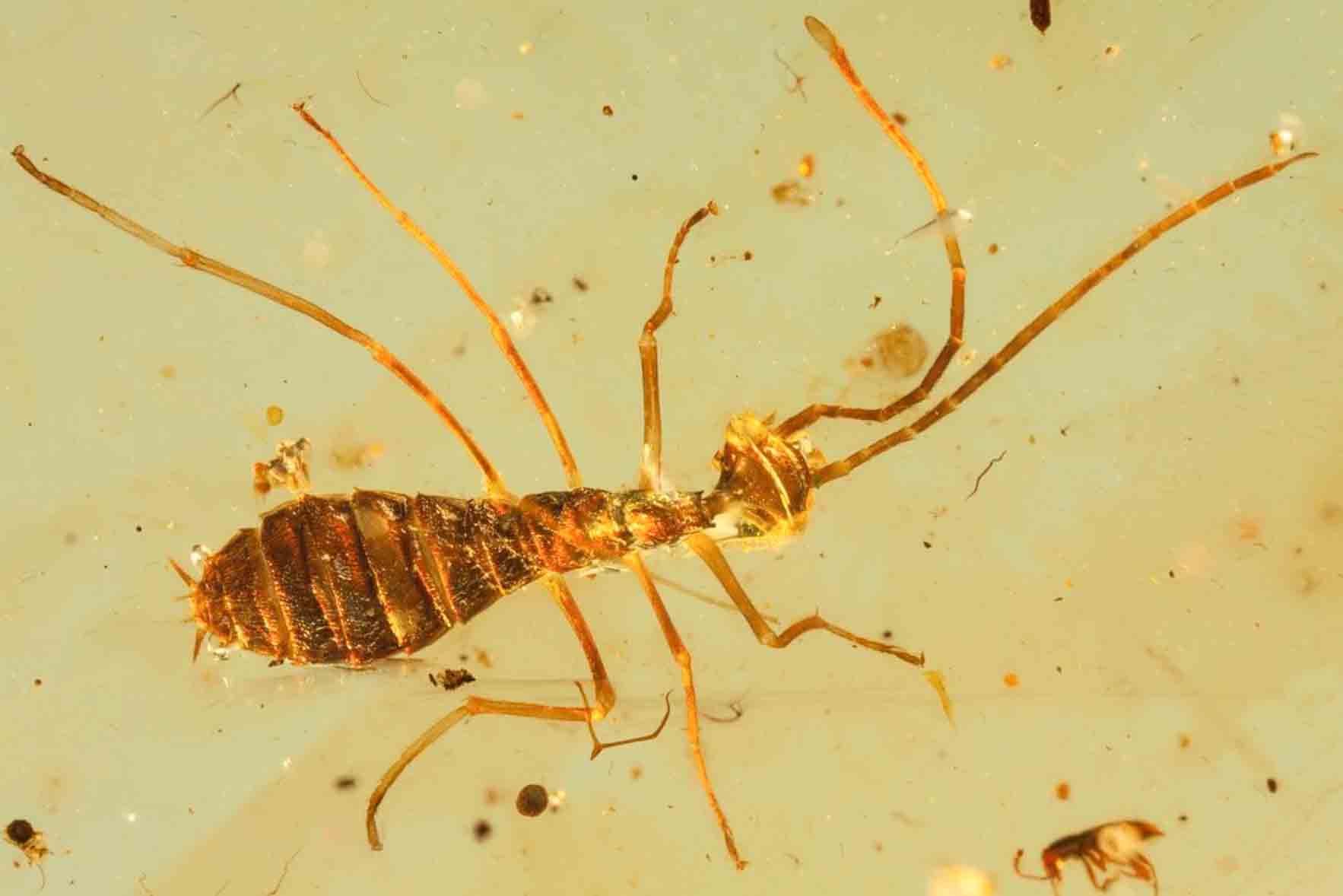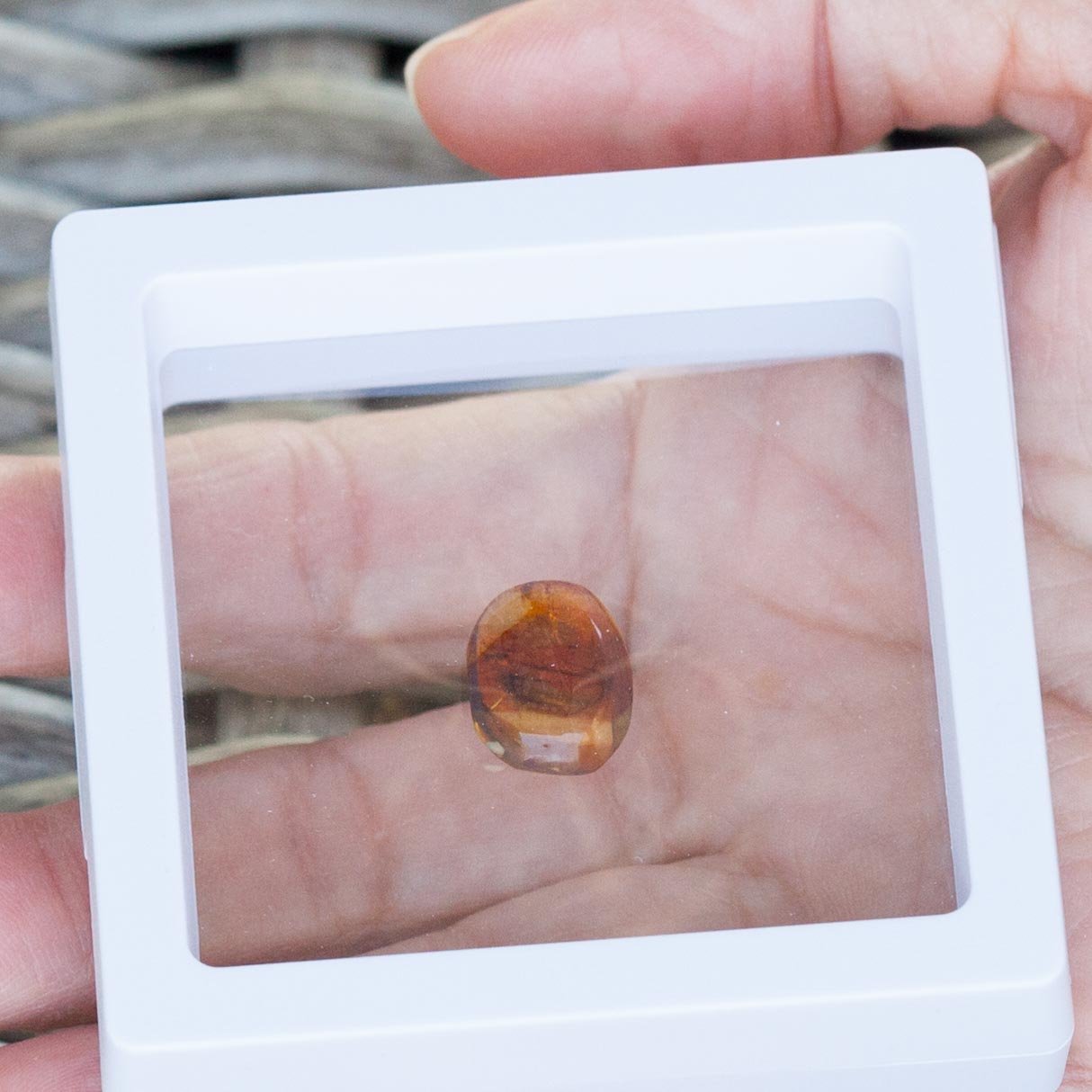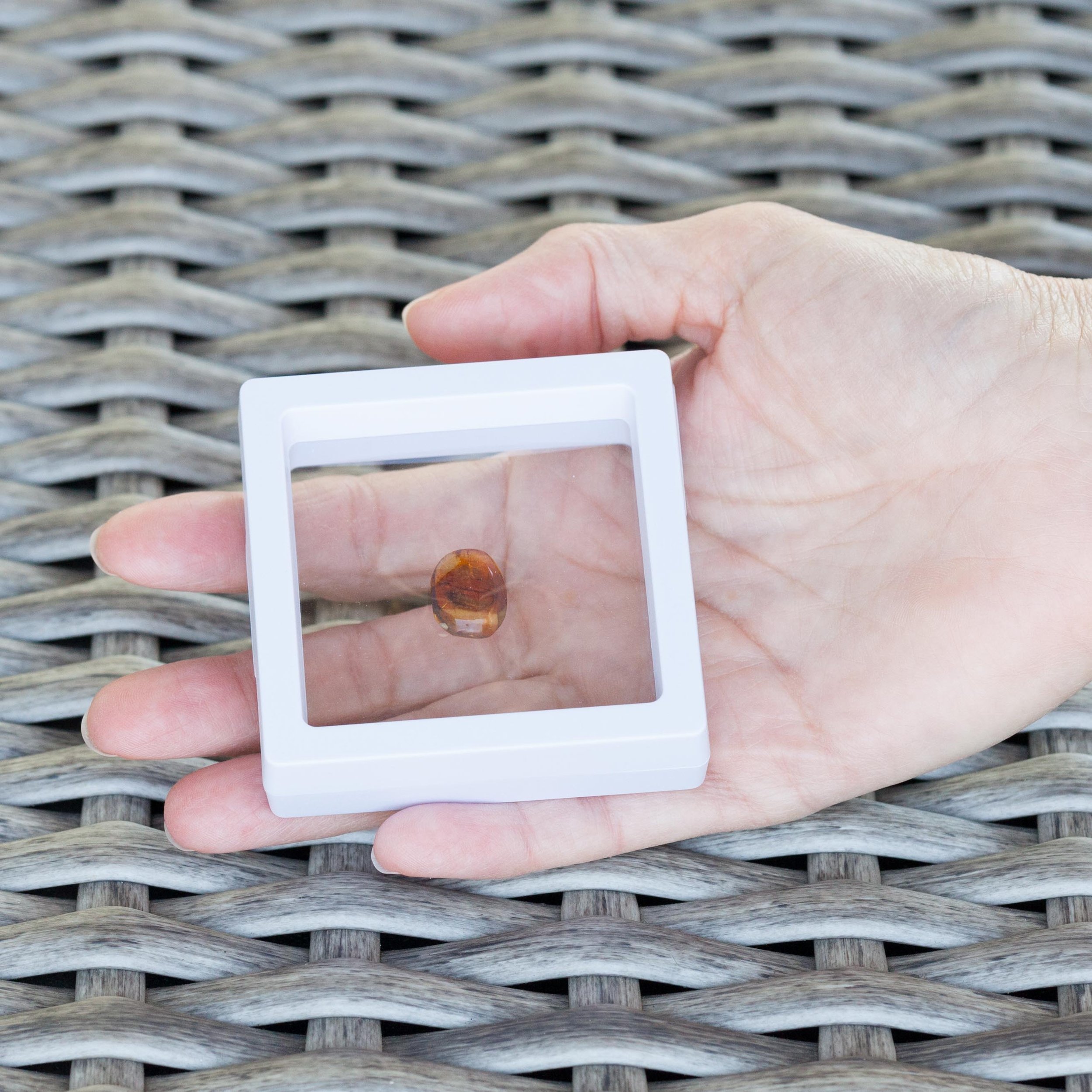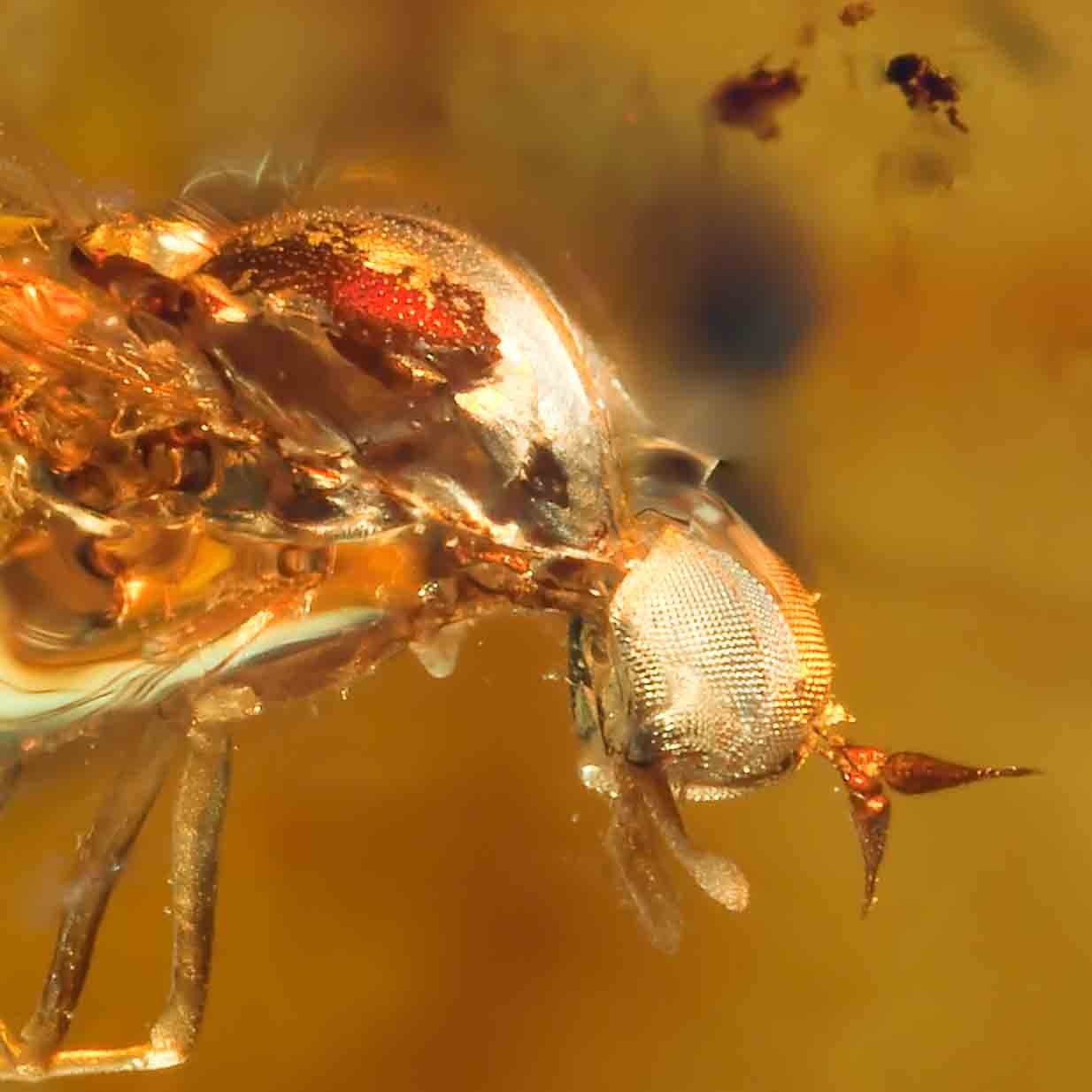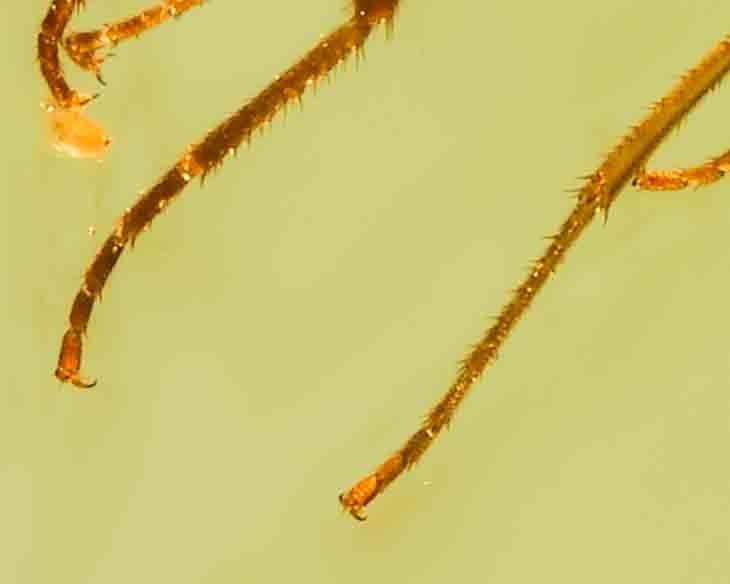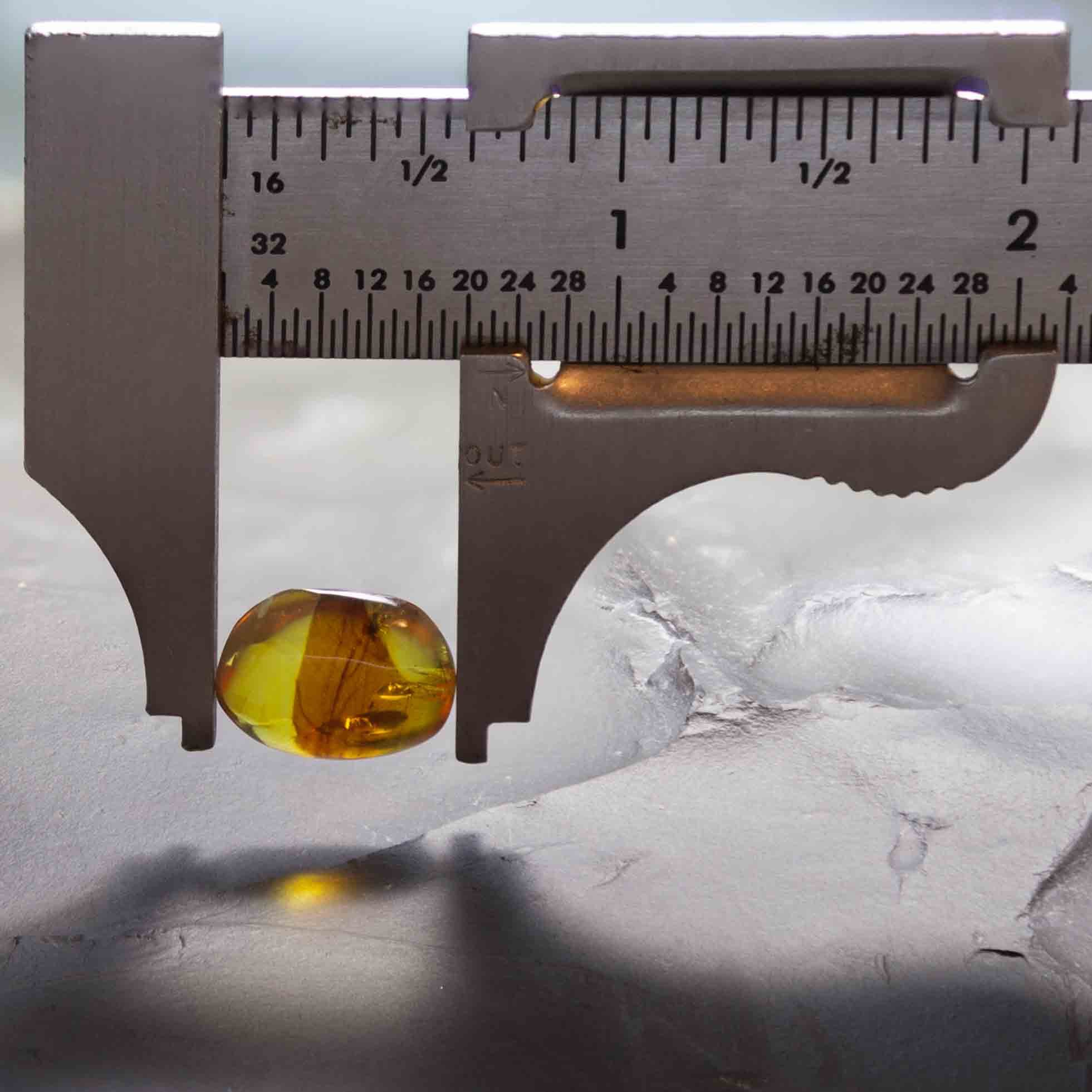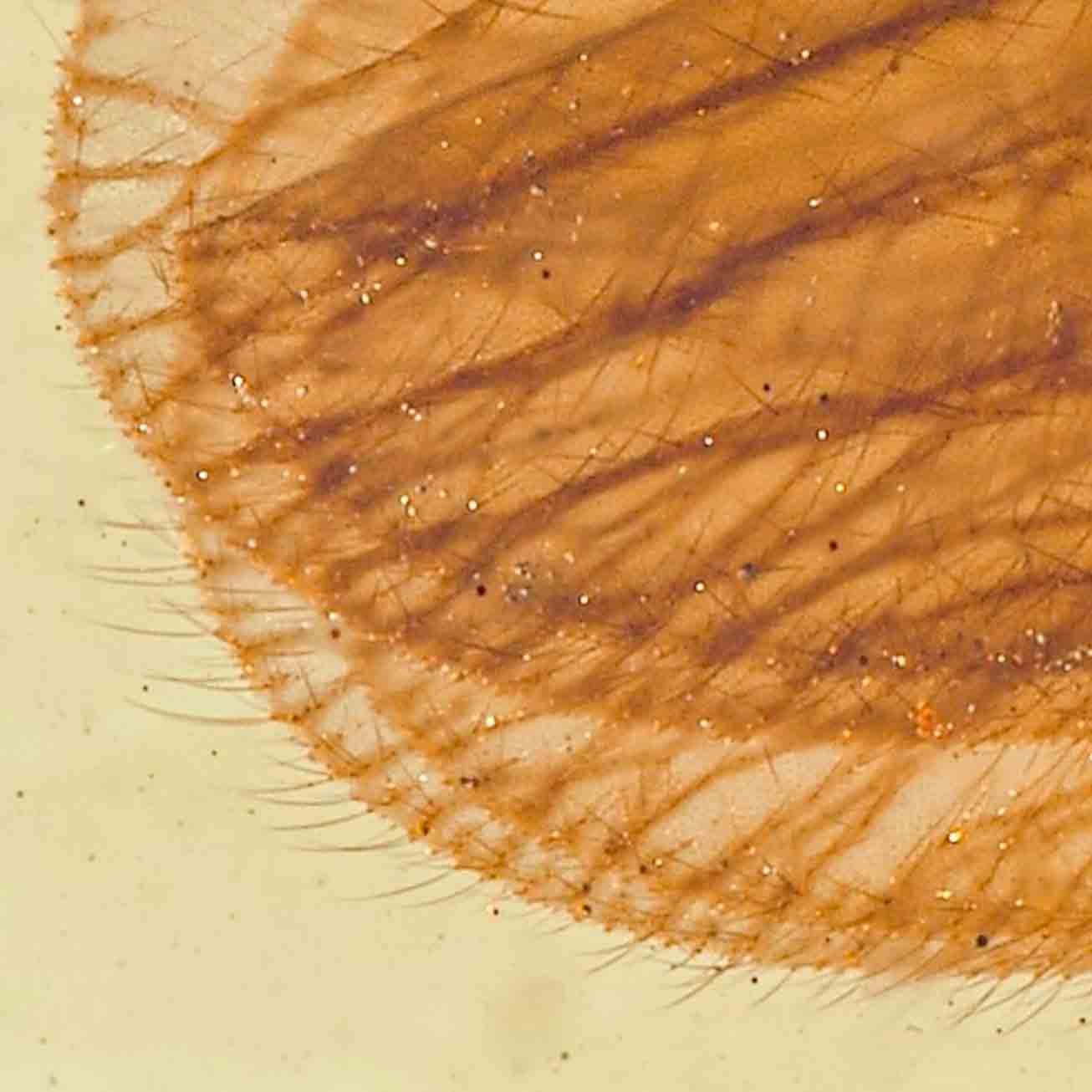Aethiocarenus burmanicus
Vendor: Fossils in Amber
SKU Number: SQ7858761
This is a beautiful example of an extremely rare Lower Cretaceous insect in amber from the Hukawng Valley, Kachin State, Myanmar. This specimen represents a complete insect with the appendages and antennae attached and articulated. A. burmanicus represents a single species of the extinct genus Aethiocarenus, and is considered a nymph of Alienopterus.
Full dimensions are listed below.
Vendor: Fossils in Amber
SKU Number: SQ7858761
This is a beautiful example of an extremely rare Lower Cretaceous insect in amber from the Hukawng Valley, Kachin State, Myanmar. This specimen represents a complete insect with the appendages and antennae attached and articulated. A. burmanicus represents a single species of the extinct genus Aethiocarenus, and is considered a nymph of Alienopterus.
Full dimensions are listed below.
Vendor: Fossils in Amber
SKU Number: SQ7858761
This is a beautiful example of an extremely rare Lower Cretaceous insect in amber from the Hukawng Valley, Kachin State, Myanmar. This specimen represents a complete insect with the appendages and antennae attached and articulated. A. burmanicus represents a single species of the extinct genus Aethiocarenus, and is considered a nymph of Alienopterus.
Full dimensions are listed below.
Additional Information
Amber (‘Burmite’) from the Hukawng Valley of Myanmar has been known since at least the 1st century AD. It is currently being produced from a hill known as Noije Bum, which was first documented as a source of amber in 1836.
This site occurs within the Hukawng Basin, which is comprised of folded sedimentary (±volcanic) rocks of Cretaceous and Cenozoic age. The mine exposes a variety of clastic sedimentary rocks, with thin limestone beds, and abundant carbonaceous material. The sediments were deposited in a nearshore marine environment, such as a bay or estuary.
References:
Aethiocarenus
Burmese Amber
Geology of an amber locality in the Hukawng Valley, Northern Myanmar


